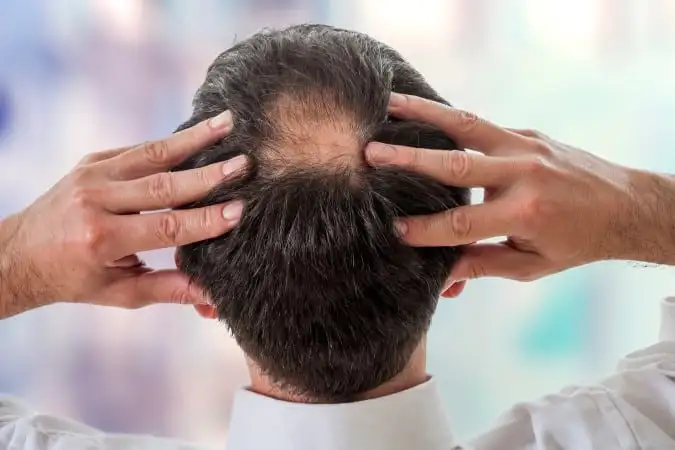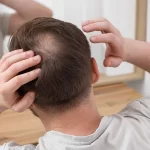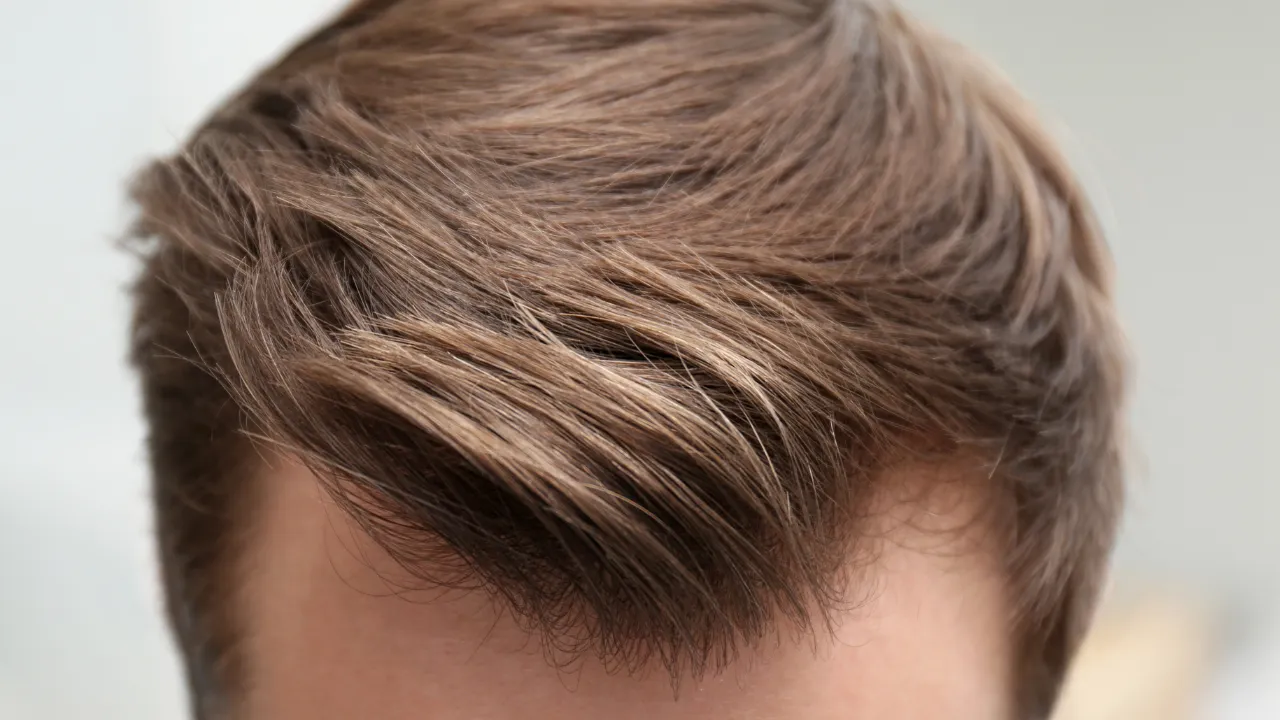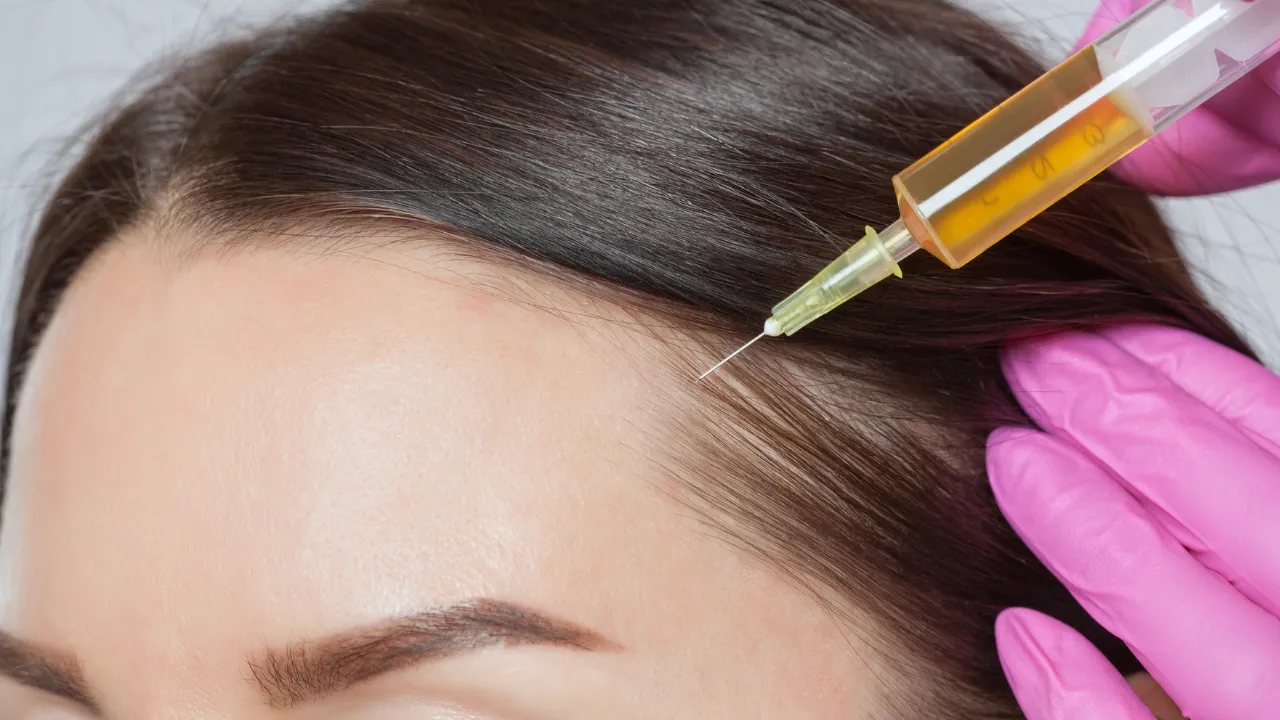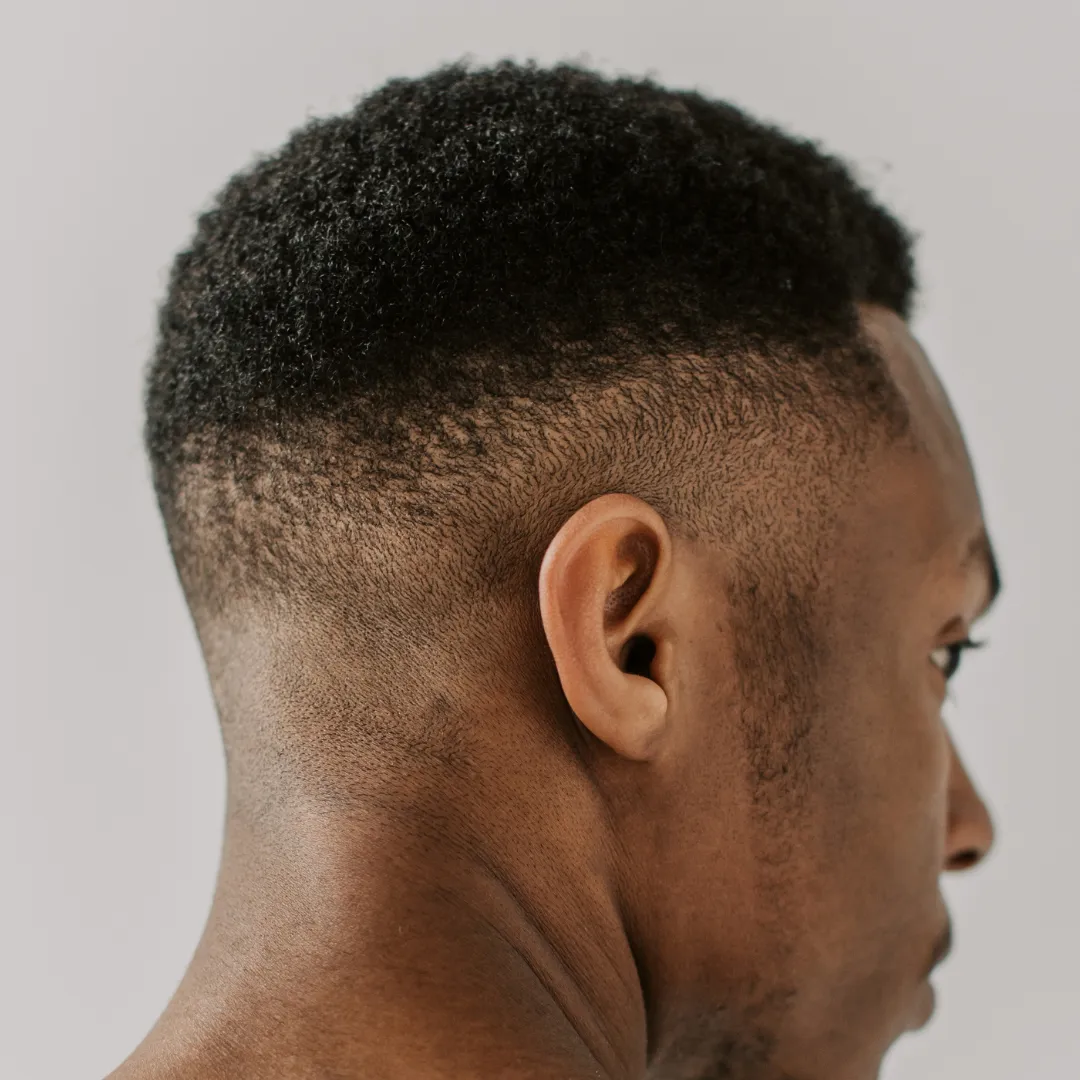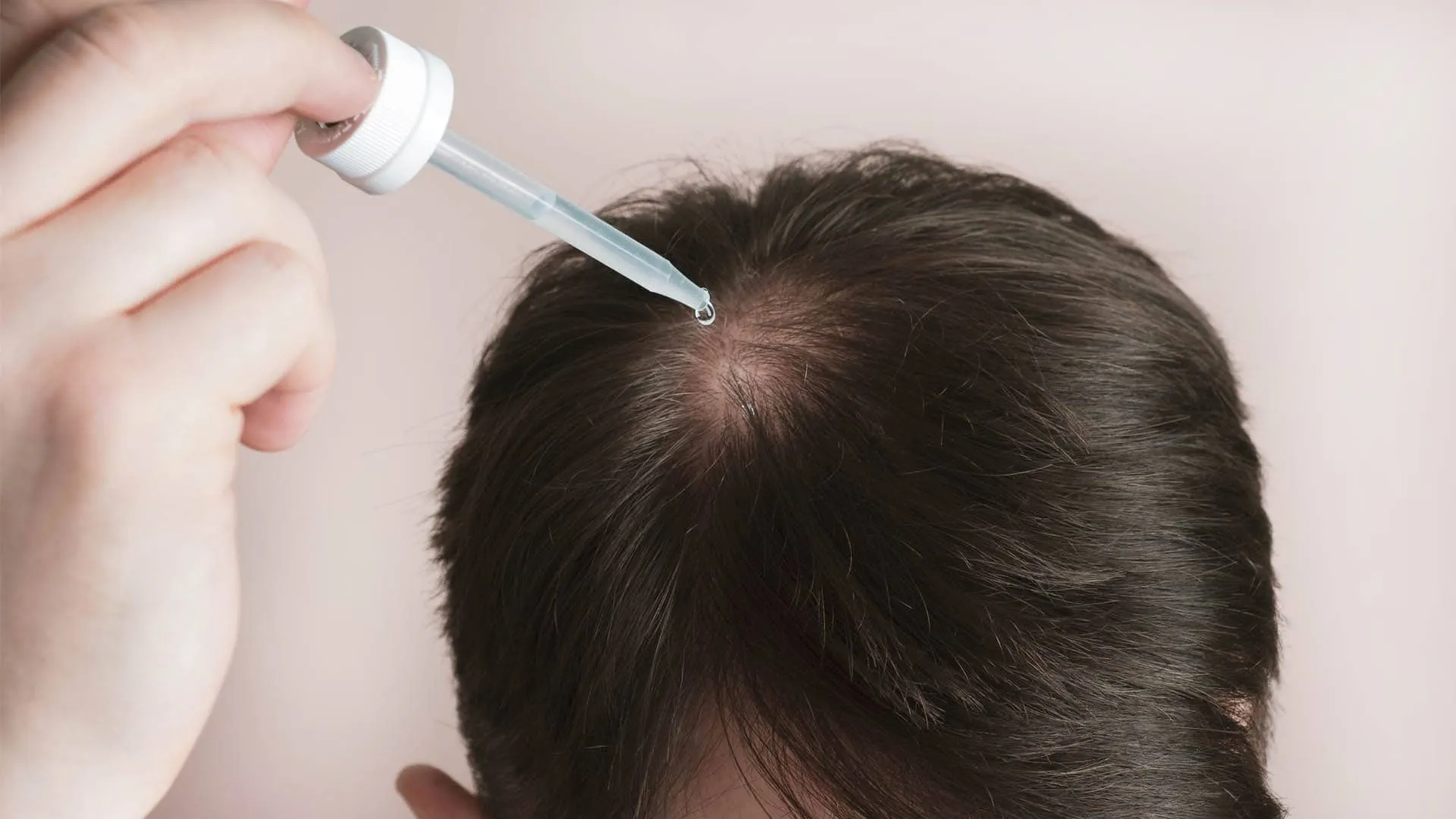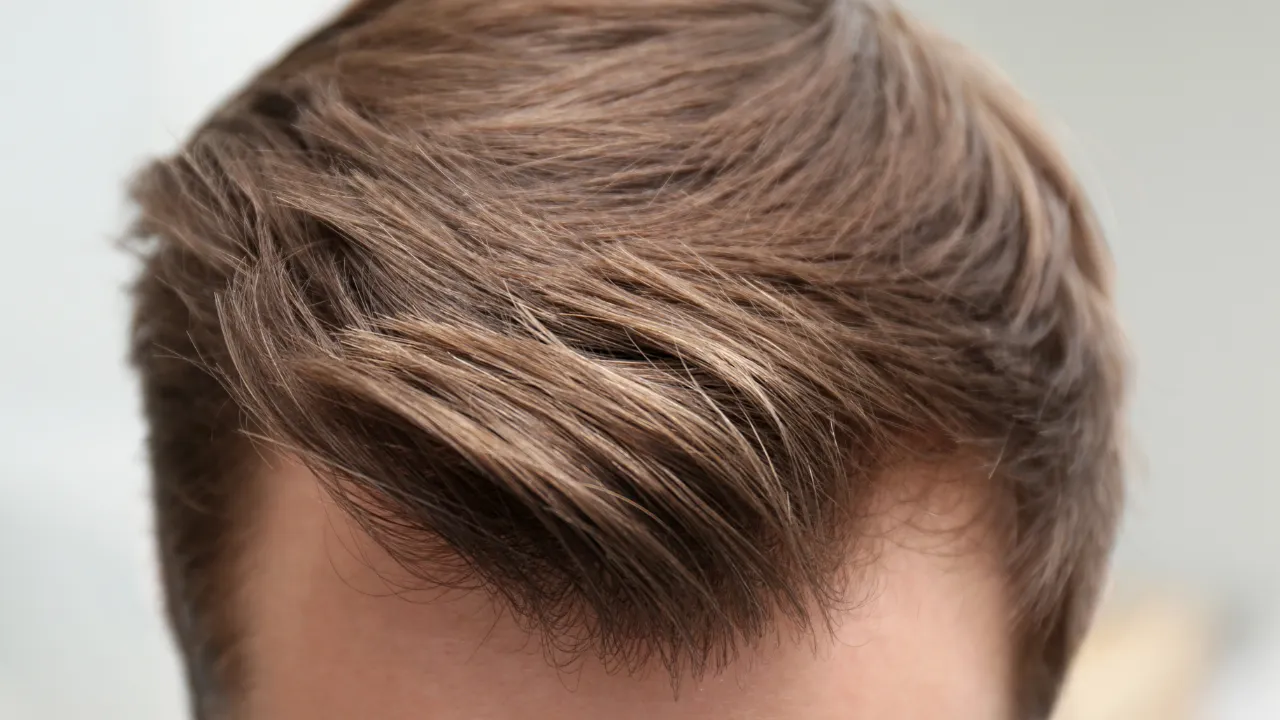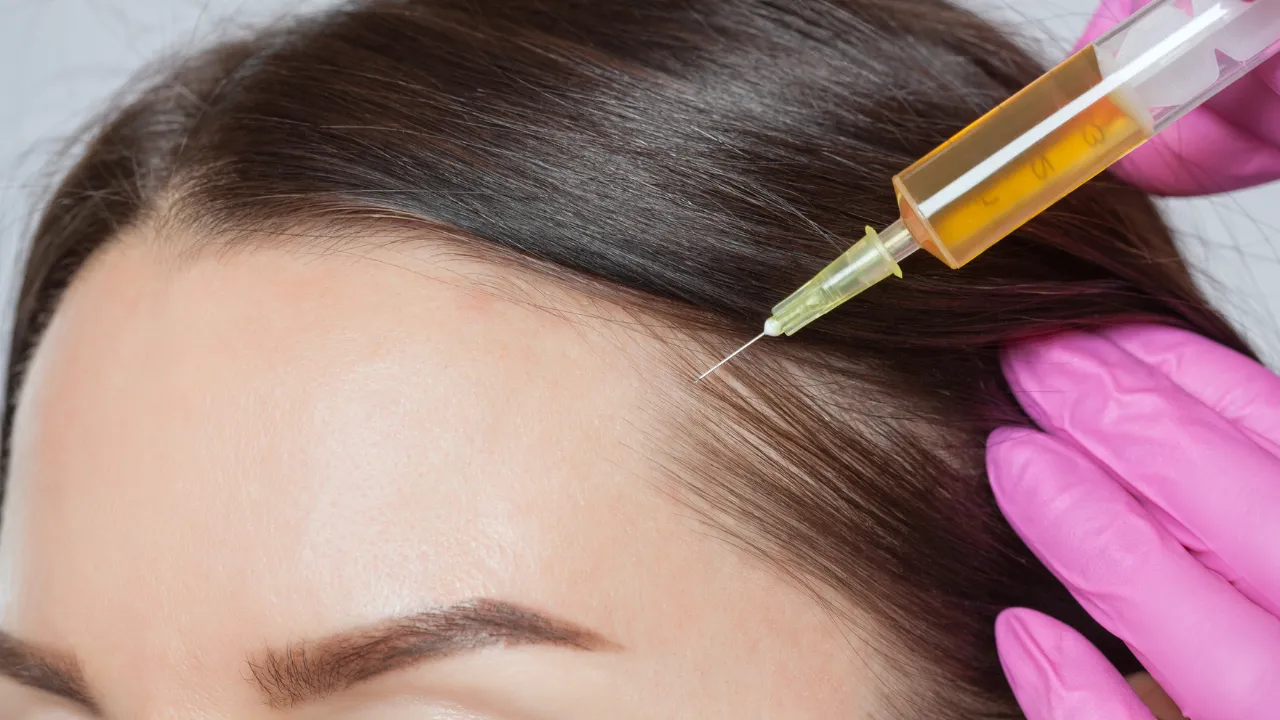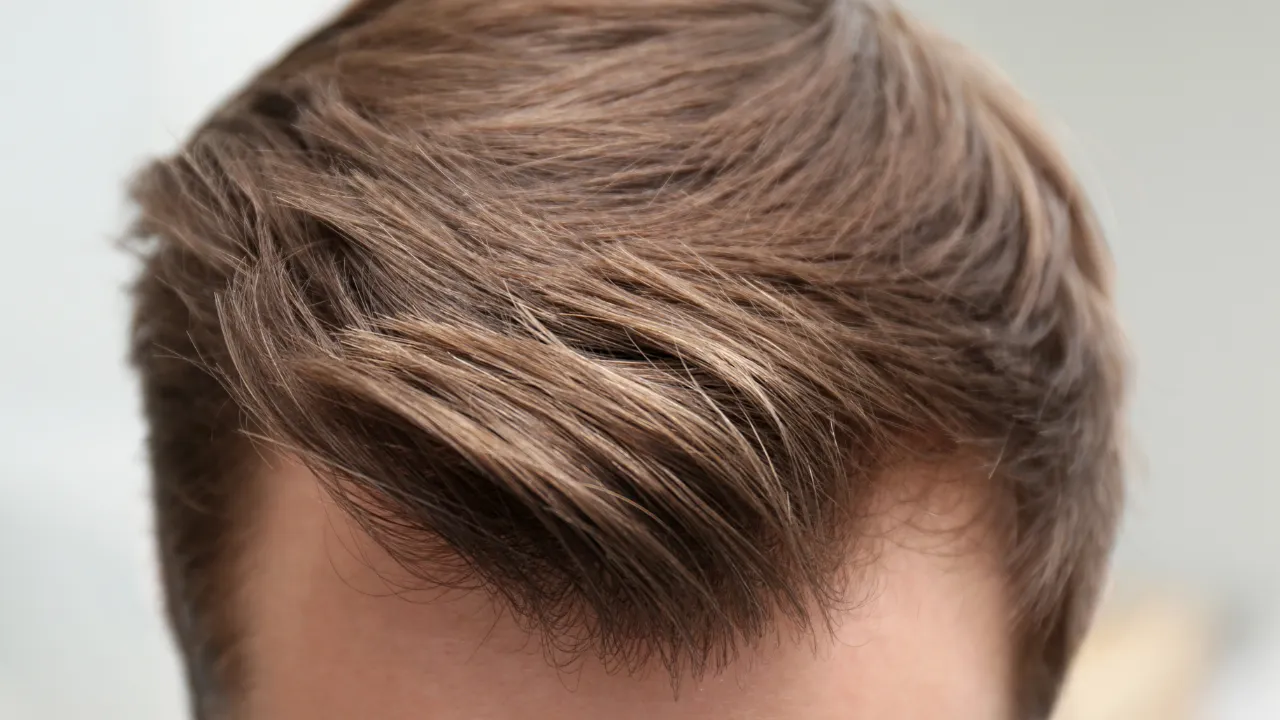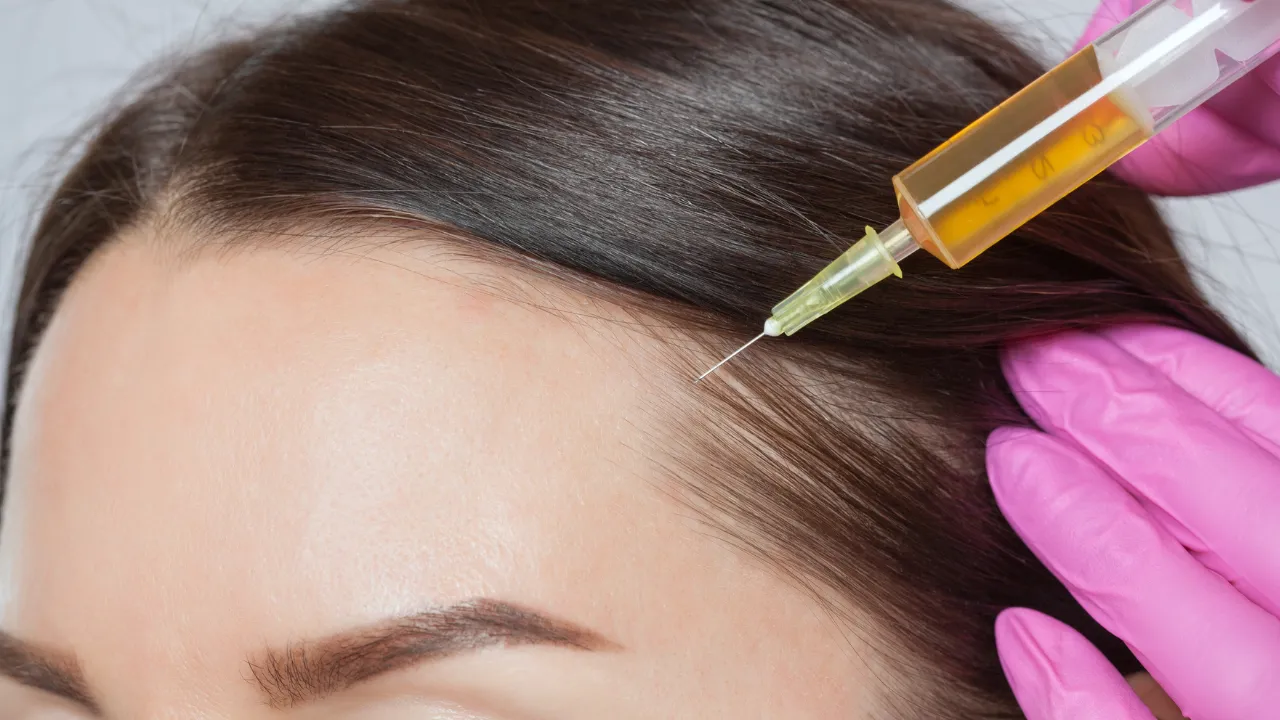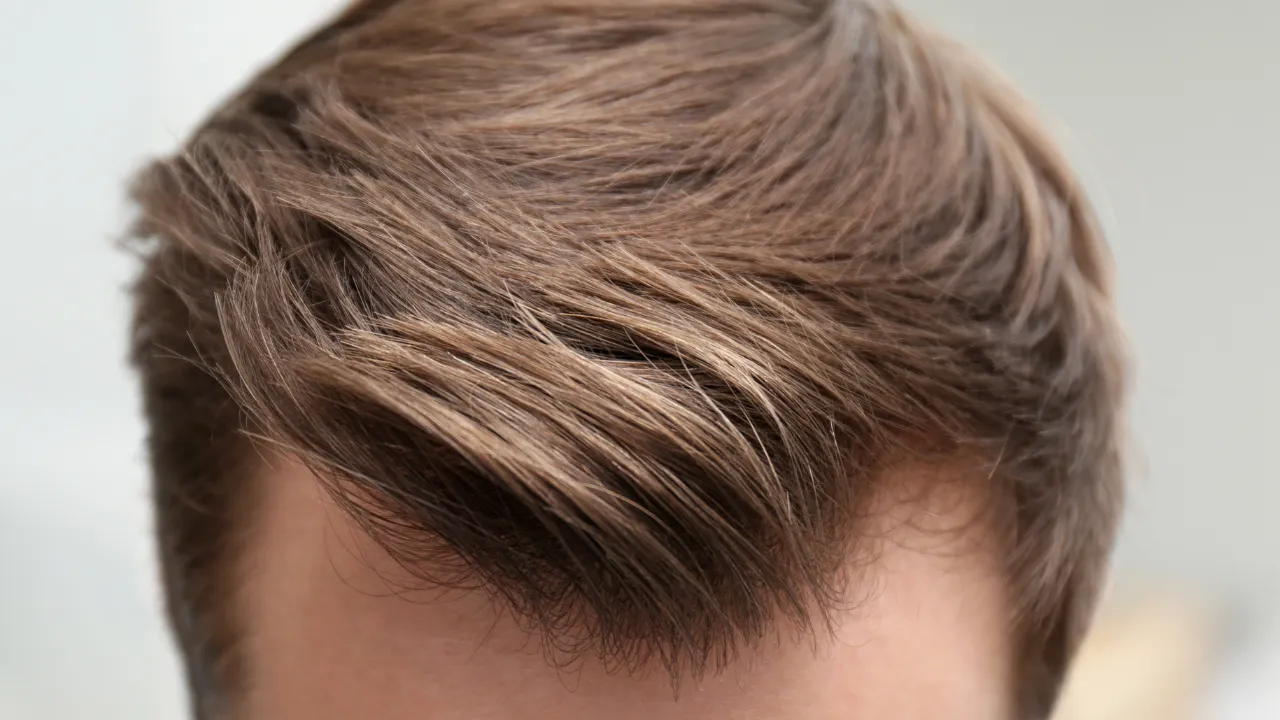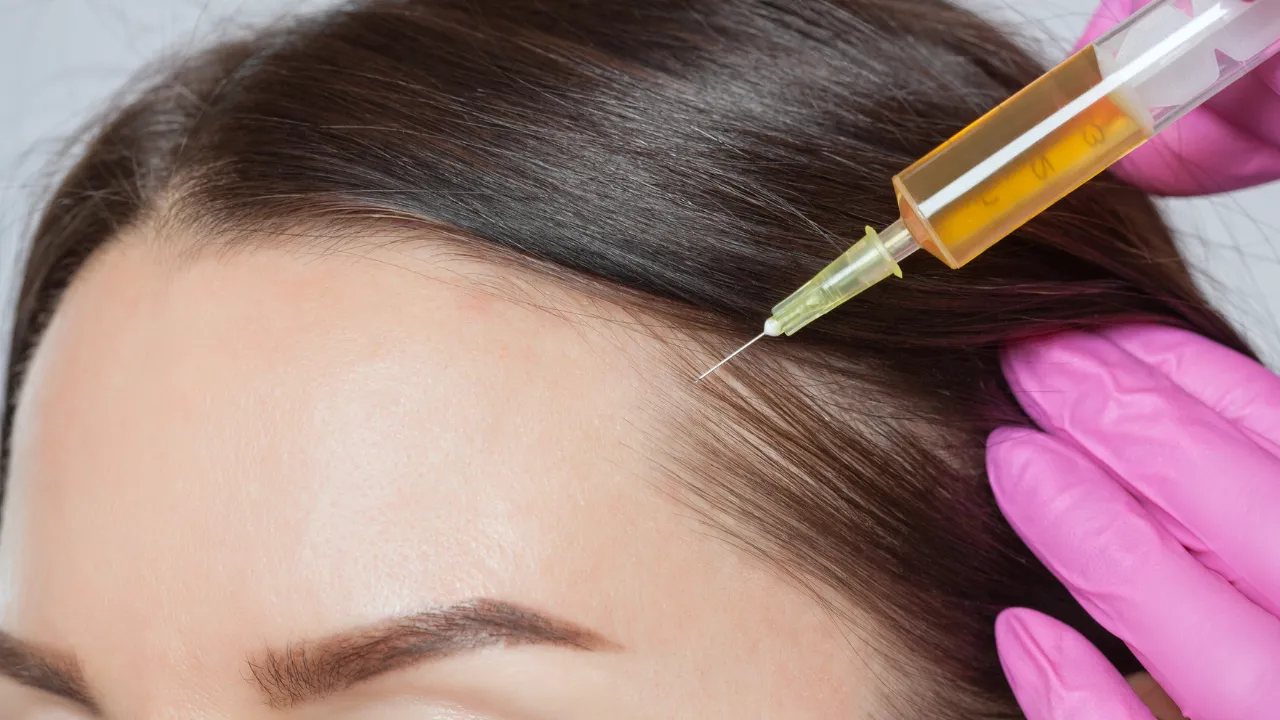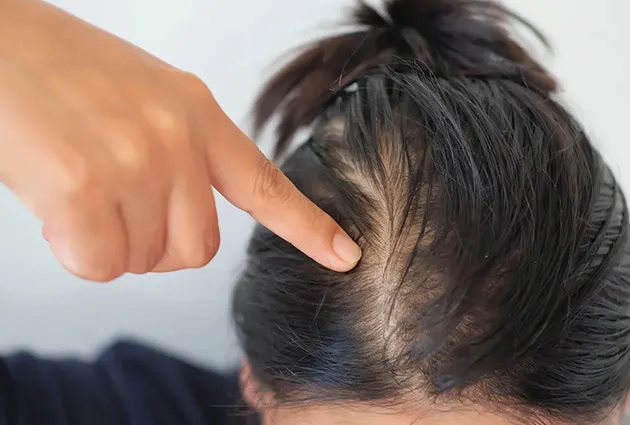Table of Contents
ToggleAt Kopelman Hair, we treat conditions like the balding crown using advanced, patient-focused solutions. Our clinic brings decades of experience to help individuals restore confidence and hair density. Knowing what a balding crown is—and how to treat it—can make a lasting difference.
Key Takeaways
- A balding crown refers to hair thinning at the top back of the scalp and is one of the earliest signs of androgenetic alopecia.
- Early detection using mirrors or photos helps identify crown thinning before it progresses, allowing more treatment options.
- Crown hair loss often follows predictable stages, and both men and women experience it differently depending on genetics and hormonal factors.
- Treatments like minoxidil, finasteride, PRP therapy, and hair transplants can be effective, especially when guided by a specialist like Dr. Kopelman.
- Lifestyle changes, proper scalp care, and timely medical evaluation can slow hair loss and support long-term hair health.
What Is a Balding Crown and Why It Happens
The balding crown refers to hair thinning or loss that begins at the top back part of the scalp. This is a common type of hair loss, particularly among those experiencing androgenetic alopecia. Many people first notice it through photos, mirrors, or comments from others.
In contrast to regular shedding, a balding crown creates a visible thinning area that may expand gradually. Some confuse it with natural parting or lighting effects, but close observation often reveals a pattern.
Crown balding may start as a small circular spot and slowly widen. In advanced stages, it can merge with a receding hairline and thin the top of the head.
Hair in the crown area is genetically more sensitive to hormonal changes—especially dihydrotestosterone (DHT)—which weakens follicles. Poor blood flow, natural aging, and certain medical conditions can also increase the likelihood of crown thinning.
How to Check for a Balding Crown at Home
Early detection gives you more treatment options and better results. To check for crown thinning at home, use a well-lit room and a handheld mirror or smartphone camera. Focus on the top back of your head, where thinning may not be visible from the front.
Here are simple ways to self-check:
- Compare old and recent photos from above
- Ask a trusted person to inspect your crown area
- Look for widening circles or visible scalp under strong light
- Check if hair in that area feels finer or lacks density
If unsure, consult a hair specialist like Dr. Kopelman.
Crown Hair Loss Stages Explained
Hair thinning at the crown often follows a pattern, especially in men. This is commonly described using the Norwood scale, which identifies different stages of male pattern baldness. Understanding these stages can help patients track their condition and choose the right hair loss treatment.
Here’s how crown loss typically progresses in men:
- Stage 3 Vertex – A small bald spot appears at the crown
- Stage 4–5 – The spot widens and may connect with frontal hairline recession
- Stage 6–7 – The crown merges with other bald areas, leaving minimal coverage on top

In women, crown thinning is more diffuse and not always visible on the Norwood scale. Female pattern hair loss often starts with part widening or thinning at the top.

Who It Affects: Men, Women, and Early Signs
Crown thinning affects both men and women but follows different patterns. Men typically develop a defined bald spot that expands outward, while women may see diffuse thinning that’s less immediately visible.
Balding Crown in Men and Women
Hair loss at the temples often appears alongside crown thinning. This combined pattern may signal progressive hair loss and requires a broader treatment plan.
Premature Balding and Early Signs
Premature balding, especially before age 30, may have a genetic component or be triggered by stress, hormonal imbalances, or underlying conditions. In some cases, telogen effluvium—a temporary type of hair loss—can cause sudden shedding due to illness, medication, or life changes.
How Can You Tell If You Have Alopecia?
How can you tell if you have alopecia? Look for consistent thinning, patchy hair loss, or noticeable changes in texture. Persistent or localized loss should be evaluated by a hair restoration specialist.
Genetic vs. Lifestyle Causes
Crown hair loss is most commonly caused by genetics. Hereditary sensitivity to DHT leads to gradual follicle shrinking, especially at the crown. This form of hair loss is predictable and usually progressive.
Other factors may accelerate the process:
- Hormonal changes, such as thyroid disorders or post-pregnancy shifts
- Chronic stress or emotional strain
- Nutrient deficiencies, especially iron, zinc, and vitamin D
- Smoking, poor sleep, or excessive styling damage
- Medical conditions like autoimmune diseases, anemia, or PCOS
These are among the most common causes of hair thinning, and understanding them is key to effective treatment. Dr. Kopelman evaluates these elements to design a plan based on your specific cause.
Can a Balding Crown Grow Back?
Regrowth is possible in many cases, especially when addressed early. If the follicles are still active, treatments may stimulate stronger, healthier strands. However, once follicles close entirely, regrowth becomes difficult without surgical intervention.
Factors like age, genetics, and the duration of hair loss affect outcomes. If you’ve noticed a thinning crown in recent months, you may still have good hair regrowth potential. Dr. Kopelman advises early assessment to identify the best path forward.
For those with mild to moderate loss, regrowth is often supported by medications or non-invasive therapies. In severe cases, a hair transplant may be the most effective way to restore density in the crown.
Treatment Options for Crown Hair Loss
There are several treatment paths depending on the extent and cause of hair loss. The most common include:
- Topical treatments like minoxidil to stimulate blood flow
- Oral medications such as finasteride to block DHT
- Platelet-rich plasma (PRP) therapy to rejuvenate dormant follicles
- Low-level laser therapy (LLLT) for daily use at home
For individuals with advanced thinning, hair transplant surgery is a reliable and long-term solution. At Kopelman Hair, we tailor each plan to the patient’s specific pattern and goals.
If home treatments haven’t shown results within a few months, or if you notice rapid progression, it’s time to consult an expert. Dr. Kopelman and his team provide evaluations to determine the best course of action.
What to Expect from Treatment Over Time
Each treatment has a different timeline for results. Most therapies require consistency and patience. The crown area often responds more slowly than the frontal hairline.
Typical results timeline:
- 1 month: Reduced shedding or stabilization
- 3 months: Noticeable thickening in active follicles
- 6 months: Visible regrowth or improved density
- 12 months: Final outcomes for surgical procedures
Your experience may vary depending on hair type, stage, and treatment. Dr. Kopelman monitors progress during follow-up visits.
Why Choose Kopelman Hair?
Dr. Kopelman brings over 40 years of experience in treating advanced hair loss, including crown cases. His team uses clinically proven methods tailored to each patient.
Kopelman Hair is known for natural transplants and personalized care. Each plan is focused on long-term success.
Dr. Kopelman’s expertise and personal care make the clinic a trusted choice for anyone facing crown balding.
Haircuts and Styles That Help
A well-chosen haircut can reduce the visibility of a thinning crown. For men, short styles like fades or textured crops minimize contrast between thinning and full areas.
For those with long hair, strategic layering can help. Avoiding heavy parts and using volumizing products makes thinning less noticeable. A soft, lifted crown shape draws attention away from sparse zones.
Use lightweight styling products to avoid weighing hair down. Hair fibers or root concealers also offer temporary coverage.
How to Slow Down Hair Loss
Consistent scalp care can slow crown thinning. Use mild shampoo, avoid harsh treatments, and massage regularly to improve circulation. Your diet matters too. Include foods rich in iron, zinc, and B vitamins. Hydration and sleep also affect hair growth.
When hair falls persistently or rapidly, it could signal an underlying condition or treatment-resistant case. Seek a professional evaluation if the issue continues. Lifestyle changes help. Reduce stress, quit smoking, and protect your scalp from sun damage to support long-term results.
FAQs About Crown Hair Loss
Ready to take control of your hair health? Schedule a personalized consultation with Dr. Kopelman today and explore the best options to treat hair loss at the crown. We’re here to help you restore confidence—one strand at a time.


